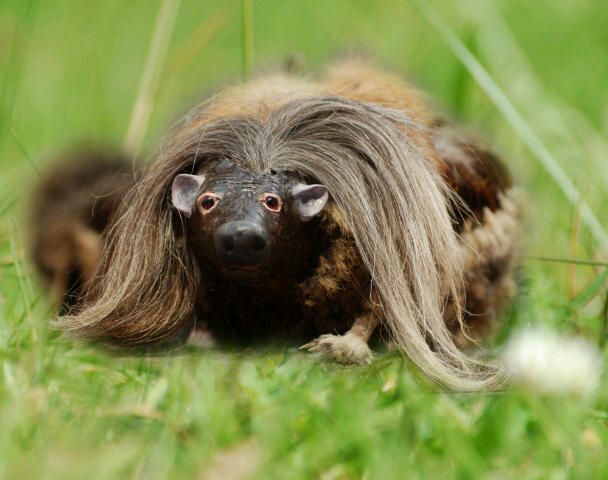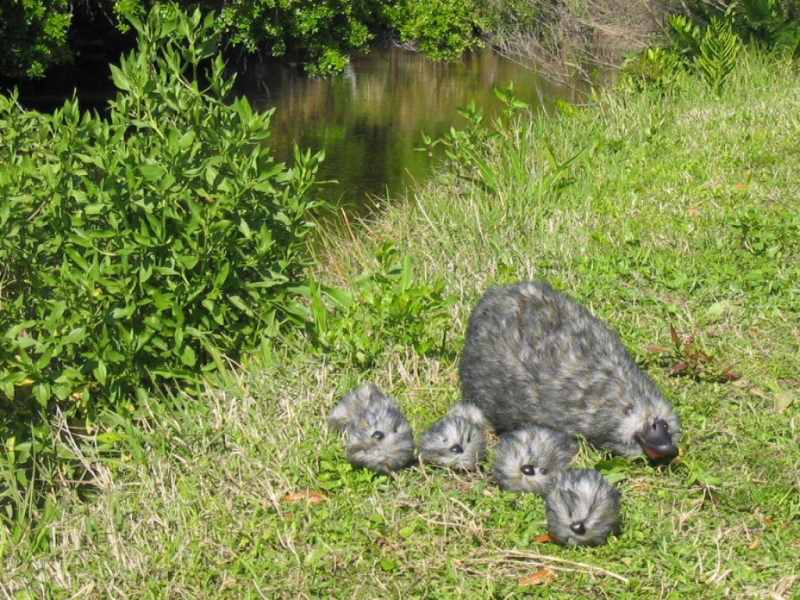For many years now, the local breeds of our native Scottish species, the Haggis, have been hunted almost to extinction. When Haggis Hunting was banned locally in 1821, and Haggis Hurling proscribed in 1853, wild haggis were able to maintain their numbers across the country. Just as the numbers started to rise again however, poaching, especially during the war years of the 20th century and loss of habitat, caused the numbers to plummet again, to a point where they are little seen today in the wild and very hard to find.
Of course, Scottish farmed Haggis is almost as famous an export as Scottish farmed Salmon, and many farms still export haggis to countries near and far, a delicacy that is not for every palate. It is said however that farmed haggis is not as flavoursome as the wild variety. Certainly, farmed haggis can be easily identified by the fact that their legs are all the same length. This is due to intensive farming procedures, with the haggis being held in barns with flat floors, and selective breeding since the late 1700's. Wild haggis have shorter left legs or shorter right legs depending on if they are a highland breed or a lowland breed.
The Male haggis has a thick mane, whilst females are almost platypus like in appearance. As with many mammals, the male haggis is more brightly coloured than the drab grey female.

|

|
Haggis are generally thought of as a timid and elusive animal, however they are known to attack if provoked. Due to their short breeding season between December 26th and January 2nd annually, they are noted to be much more territorial during this period, where people are advised to remain at least 150 yards from any haggis, especially if they have whisky about their person, which the male haggis is attracted to at this time. Many stories have been told of new year's revellers becoming victims of groups of rapacious male haggis.
It is after the breeding season has passed that the male haggis is at its peak, ready to be sold at market, just in time for the annual Burns Night celebrations on January 25th.
Clackmannanshire's part in the haggis revival started small - there were few wild haggis left in the area, with small groups congregated along the Ochils and around Gartmorn Dam. It was decided that the Ochil hills would be the ideal place for a pilot scheme to boost the wild haggis population, and so in August 1974, fifty farmed haggis were released on the hills to try to boost the local population. This initially proved unsuccessful, as the farmed haggis had legs of equal length and did not breed with the wild population. In 1985 a further attempt was made to boost numbers by introducing highland breed haggis, this was again unsuccessful as their shorter legs were on the wrong side. Finally on 5th November 2005, a batch of sixty wild lowland haggis were introduced to the Ochils at Alva Glen, and from there the population across the Ochil Hills is thought to have boosted to over 2000 as of 2022. Tagging and tracking of the males was a later part of the programme, started in 2011, as part of a research programme funded by several Scottish Universities. It is hoped that by tracking the movements and habits of the haggis, it can be better understood, and the population boosted across the country as a result. Today, the Ochil Hills is an area of Special Scientific Interest in regard to haggis breeding and migration.
Wild haggis currently remains on the endangered species list.
